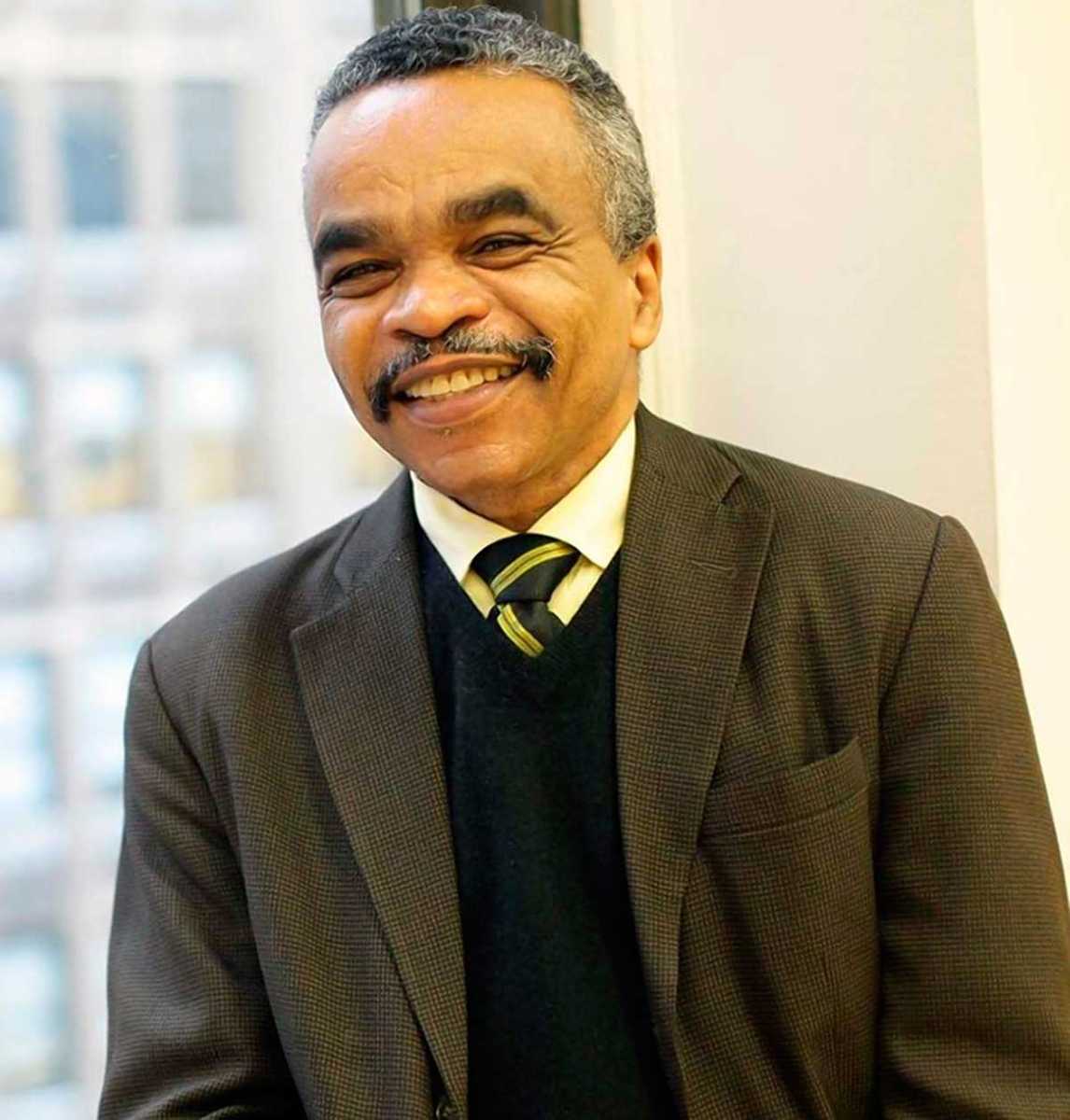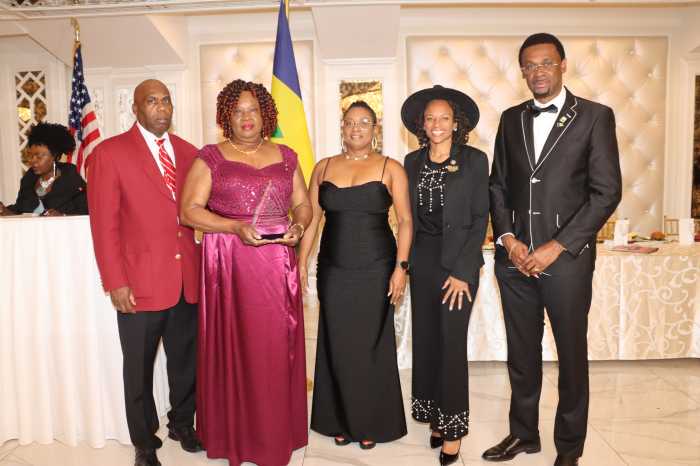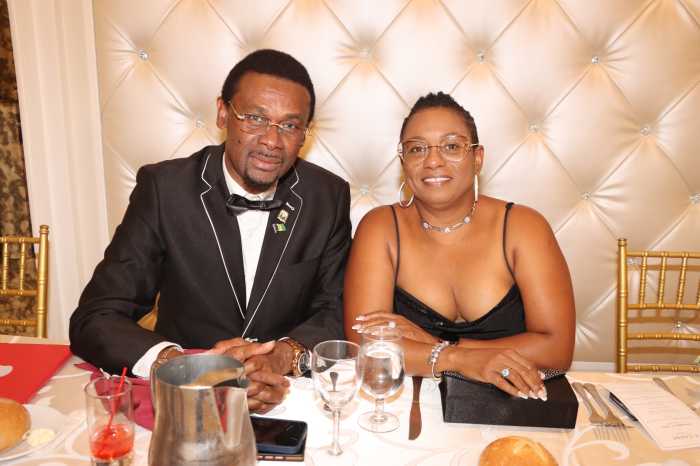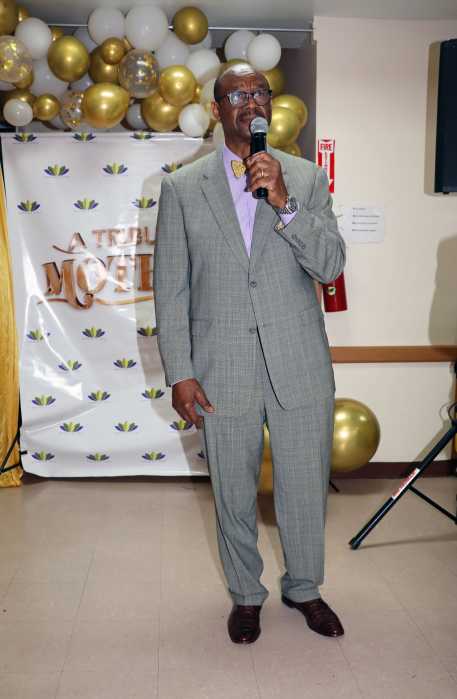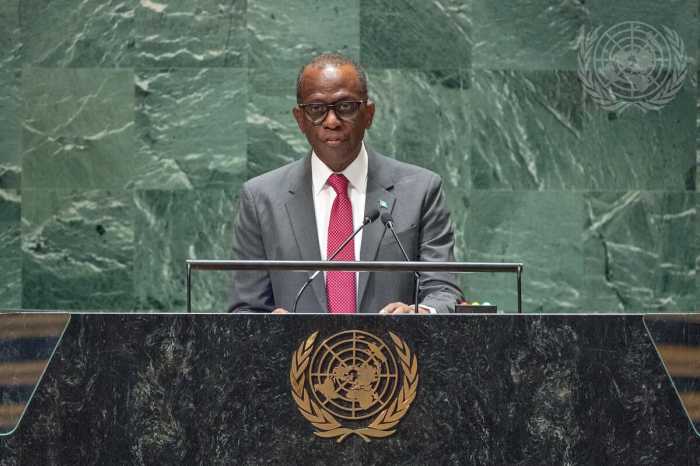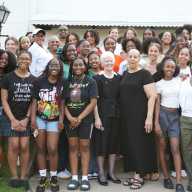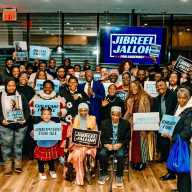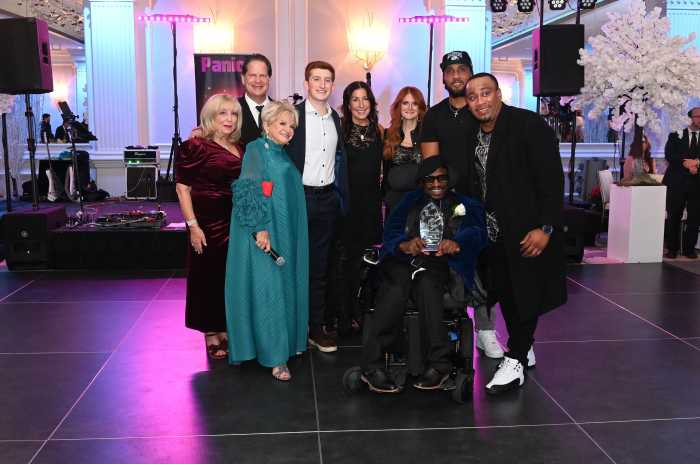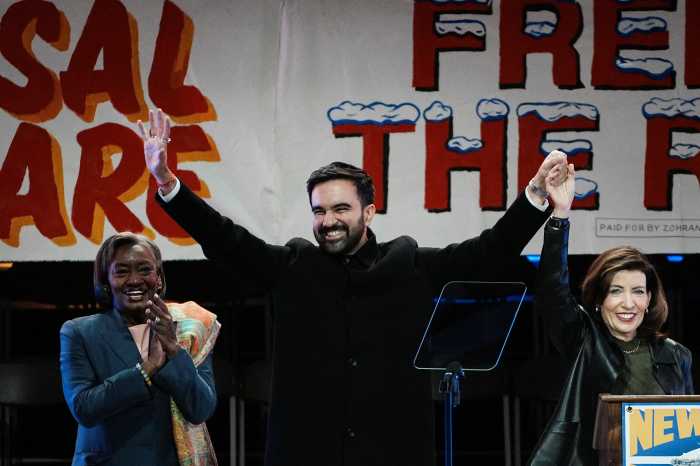The head of the Bronx-based Garifuna Coalition USA, Inc., José Francisco Ávila, wants the Garifuna culture in New York City to be safeguarded.
According to the Garifuna history and culture, the Afro-Caribbean Garifunas originated with the arrival of West African slaves who washed ashore in St. Vincent and the Grenadines around 1635.
The Garifunas, an admixture of African slaves and the local Carib Indians, were forced into exile by the British on Roatan, a small island off Honduras.
Today, the global population of Garifunas is estimated to be over 300,000, with many living in the US and Canada.
Garifuna communities along the Caribbean Sea live primarily along coastal towns and villages in the Central American countries of Belize, Guatemala, Honduras and Nicaragua.
As the Coalition celebrates Garifuna Arts & Culture Appreciation Month in New York City during the month of May, Ávila, the Honduran-born chairman of the Board of Directors, said Sunday that “there is a need to create greater awareness, especially among the younger generations, of the importance of the intangible cultural heritage and of safeguarding it.
“According to the 2003 UNESCO [United Nations Educational, Social and Cultural Organization] Convention for the Safeguarding of the Intangible Cultural Heritage, sustainable safeguarding cannot be detached from the communities and individuals that recognize specific intangible expressions as part of their cultural heritage and identity,” he told Caribbean Life.
Ávila noted that, during the regional forum on the “Promotion and Safeguarding of the Garifuna Intangible Heritage for Sustainable Development,” held in Livingston, Guatemala on Sept. 19 – 21, 2005, “the Garifuna Coalition USA, Inc. was designated as a partner and the lead organization that is responsible for safeguarding preserving and revitalizing of the Garifuna Culture in the United States.”
New York City is currently home to the largest Garifuna population outside of Central America, with an estimated 200,000 living in the South Bronx, Brownsville and East New York in Brooklyn, and Harlem in Manhattan.
In 2008, Ávila said the Garifuna Coalition USA, Inc., “decided to confront the erosion of the Garifuna culture in the heart of modern day communities and developed an initiative to raise awareness and appreciation of the Garifuna Community and its contribution to the culture and society of New York City.”
He said the strategy was “to plan, organize and execute a series of activities to promote the Garifuna community in New York City.”
Ávila said this initiative led to Bronx Borough President Adolfo Carrión issuing a proclamation declaring March 11 to April 12, 2009 as Garifuna-American Heritage Month in the Bronx.
Since then, Ávila said a number of annual events continue to raise awareness and appreciation of the Garifuna community and its contribution to the culture and society of New York City for the past 10 years.
Ávila said those events include
Garifuna-American Heritage Month in New York, from Mar. 11 to April 12.
“The day of March 11 is significant because it is the anniversary of the forcible deportation of the Garifuna people by the British from St. Vincent and the Grenadines in 1797,” he said.
In addition, Ávila noted that March 14 is National Hero Day in St Vincent and the Grenadines in observance of the anniversary of the death of Paramount Garifuna Chief Joseph Chatoyer on March 14, 1795.
He also said March 25 is the anniversary of the tragic Happy Land fire in the Bronx in which 87 people were killed, most of whom were from the local Garifuna American community.
“It was through the Happy Land Fire that New York discovered the Garifuna people,” Ávila said.
He said the month concludes on April 12 in commemoration of the anniversary of the Garifuna Settlement in Central America.
During Garifuna Arts & Culture Appreciation Month, Ávila said the Coalition is recalling “the known and unknown artists who helped create this Garifuna Arts & Culture history.
“Their contributions help illuminate the human experience and spirit, and they help us reflect on our city’s ongoing narrative,” he said.
Throughout the month of May, Garifuna Coalition USA, Inc. said it will be exploring Garifuna Arts & Culture from “the legends who set the foundation to the artists of the future.
“We will examine all through articles, photo galleries, timelines, videos and more,” it said.
“Sustainable safeguarding cannot be detached from the communities and individuals that recognize specific intangible expressions as part of their cultural heritage and identity,” Ávila said.
“As a partner and the lead organization that is responsible for safeguarding, preserving and revitalizing of the Garifuna Culture in the United States, the Garifuna Coalition USA, Inc. is proud of confronting the erosion of the Garifuna culture in the heart of modern day communities,” Ávila added.


